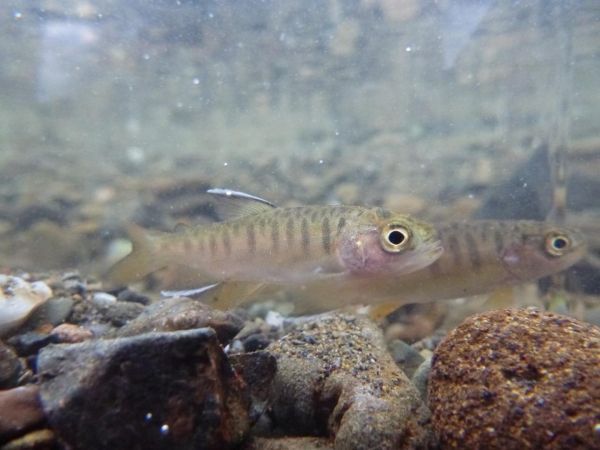Even small amounts of running water—less than a gallon per second—could mean the difference between life or death for juvenile coho salmon in coastal California streams, according to a new study published in the journal Transactions of the American Fisheries Society.
The study, led by California Sea Grant Extension Specialist Mariska Obedzinski, shows that during dry periods, that amount of water was enough to keep pools interconnected, allowing young salmon to survive through the hot, dry summer months.
“The good news is that if we can get just a little bit of water back in these streams, we can make a really big difference,” says Obedzinski, who leads a monitoring program for endangered coho salmon and steelhead in the small streams of Sonoma County that flow into the Russian River.
Saving the Russian River coho
Russian River coho salmon were listed as threatened in 1996, but despite efforts to improve habitat, the species had hit crisis levels by the early 2000’s, and they became endangered in 2005 when scientists noted fewer than 10 fish returning to the Russian River each year to spawn. In response, local, state, and federal agencies teamed up to start a conservation hatchery program to breed and release the fish. California Sea Grant’s monitoring program was set up to track the success of the hatchery releases as well as better understand the factors that were preventing recovery of the species.
Read more at University of California - San Diego
Image: Young salmon like these are vulnerable to dry conditions in the small streams they call home. Their survival is a bottleneck to the recovery of the Russian River coho salmon. (Credit: California Sea Grant)


